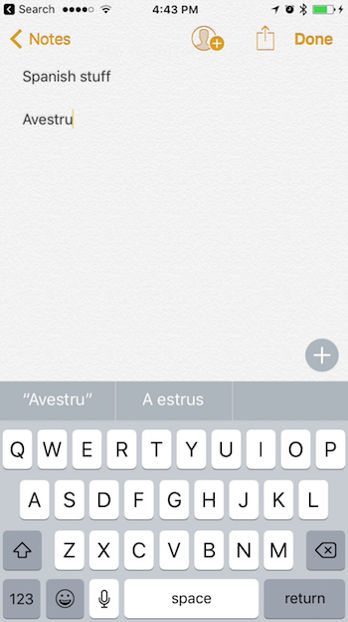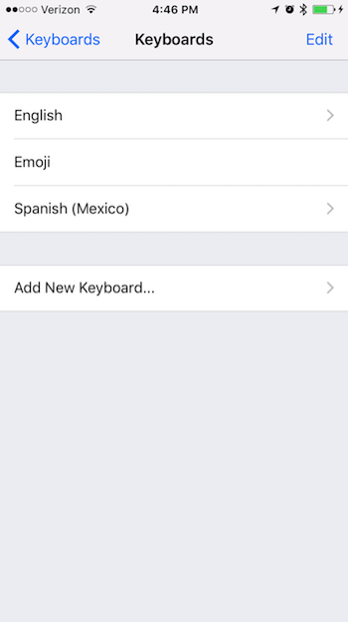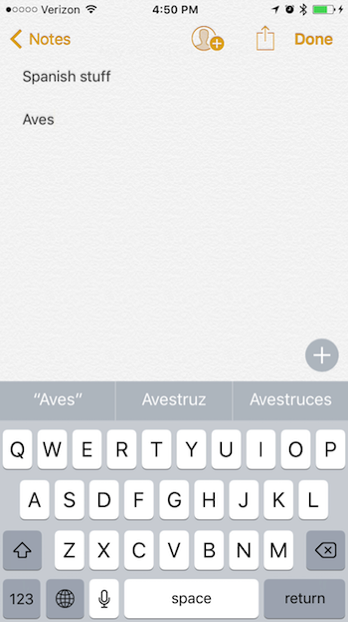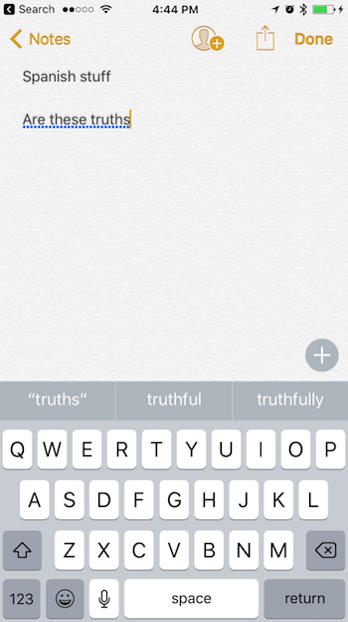A few weeks ago I was asked by Stephen Hackett to contribute a story, to his members-only newsletter, about my early experiences with computers and/or with the Mac. I was happy to help Stephen out because he does great work at 512 Pixels, because he is a friend, and because I like to talk about myself.
I agreed with Stephen that my contribution would be exclusive to his newsletter for a few weeks, and that afterwards I could publish it on my own blog. Here it comes!
Stephen’s version in the newsletter was spruced up with cool pictures of the mentioned computers, and possibly edited in ways that made me sound better than I do here. This is the raw, uncut version. Enjoy!
I’ve been a rabid Mac user and developer for 25 years, so it’s fair to say I’ve been a part of this community “for a long time.” But in my heart, I still consider myself something of a newbie. After all, I didn’t get my first Mac until I was 18 years old. My entire childhood was spent using, enjoying, even obsessing over computers made by other companies.
In 1982, I was 7 years old and lived with my mom in the rural town of Dunsmuir, California. While Silicon Valley’s famous fixation with technology was well underway, it hadn’t substantially reached the folks in my small, relatively poor home town. Meanwhile, my dad was living separately from us in Santa Cruz. He had gone back to school as an older student to obtain a computer science degree, and started his professional career working for IBM in San Jose. His enthusiasm for computers would turn out to be crucial to my interest in computers, and to my eventually programming them.
On one of his visits, he brought my first computer: a Timex Sinclair 1000. It was barely the size of a small book, used a television set for a display, saved files to audio cassette tapes, and featured a whopping 2KB of RAM. It’s fascinating that even the content of this article I’m writing would not fit in the memory banks of that computer. My dad gave me some copies of Compute! magazine, which featured BASIC program listings, some of which I guess were applicable to the Timex Sinclair. One of my earliest programming memories is of him walking me through the rough notion of source code as a sequence of instructions, and the computer as the obedient executor of those commands.
That Timex Sinclair wasn’t much of a machine, but it may still have made me the very first person in Dunsmuir to own a “home computer.” Apart from typing in the occasional program from those magazines, I never really learned to program it. But having those computing concepts introduced when I was so young, and in such a fundamentally hands-on way, set me up for the deeper understanding of computers and programming that I would later gain.
In 1983, my mom and I moved to Santa Cruz to live with my dad. In the Bay Area, we were far from the only family with a home computer, but my dad’s enthusiasm certainly meant our home saw a greater variety of them than most! My dad bought me a Commodore 64, which I adored, but the real thrill was his Kaypro IV. This beast was a semi-portable, all-in-one computer that ran the CP/M operating system, and featured a monochrome green display. I’d sneak onto it while he was out of the house, scouring his piles of floppy disks for anything of interest. I spent hours playing Ladder, a Donkey Kong-like game whose graphics consisted entirely of ASCII characters animated on the screen.
When the Amiga 1000 was released in 1985, my dad bought one, and I threw myself completely into it. I experimented with programming, studying the “ROM Kernel Manual”, but never learned how to put together a whole program. Still, for many years, I was “an Amiga guy.” I met other Amiga users, traded software, and reveled in the various technically superior capabilities of that platform.
Through the Santa Cruz BBS community, I got hooked up with an extensive network of UC Santa Cruz computer nerds, and found my way onto the internet by around 1989. That’s how I fell in love with UNIX. Throughout my teenage years, I played with various UNIX systems through the Adm–3A terminals in the university’s computer labs, and eventually ended up owning both a Sun 3/50, and an SGI Indigo. Obviously, I loved computers, but in spite of my diverse experience with various systems, I’d never really learned to program, and I’d never really used a Mac.
By 1993, I had a few friends through the Santa Cruz computer scene who were then working at Apple, about a 45-minute drive away. David Van Brink was a software engineer on the QuickTime team, and he opened my eyes to the virtues of the Mac. As much as I had enjoyed other computers, from that Timex Sinclair, through the Amigas, UNIX systems, and occasional other platforms, I had never witnessed a computer seeming particularly empathetic to its users. The Amigas came closest, but even at their most charming, they were obviously meant for nerds. The Mac, I finally came to realize, truly was “the computer for the rest of us,” and I was ready to become one of us.
David shared his employee discount with me and, after convincing my dad it would be useful for my college work, I came up with the cash for my very first Mac: a PowerBook Duo 210. This curious machine came from an era when Apple supported the notion of a “dockable” computer that could be used as a portable, but also plugged in to a desktop case connected to a full monitor, keyboard, etc. I could only afford the computer itself, so I made do with its limitations, but it was marvelous. Finally, more than 10 years after first being introduced to programming and computers, I owned a Mac, and was eager to write software for it.
I used a program called THINK Reference to study the Macintosh Toolbox API, and got to work writing my first app, Super Robots, which was a blatant clone of a text-graphics based app for UNIX called “robots.” (Fun fact: because the PowerBook Duo had a grayscale screen, I developed and shipped the app without ever having seen it for myself in full color.)
After shipping an app, and becoming vaguely familiar with the Mac operating system, I took the step that would ultimately be most impactful on my career and life-long love of computers: I went to work for Apple! At the encouragement of Qarin Van Brink (David’s sister), I applied at a Silicon Valley contract agency that was known to supply many of Apple’s QA testers. A few improbably successful interviews later, I was working in Cupertino on the System 7 integration team.
I eventually made my way out of testing and into engineering, where at long last, I started to sort of maybe learn to program. I also started learning how to really use and appreciate the Mac, and how to empathize with users. Compared to many Apple fans, I was late to the Mac party, but I’ve been making up for lost time. For 25 years, I devoted myself to using and programming Macs. Here’s hoping I can eke out at least another 25!




